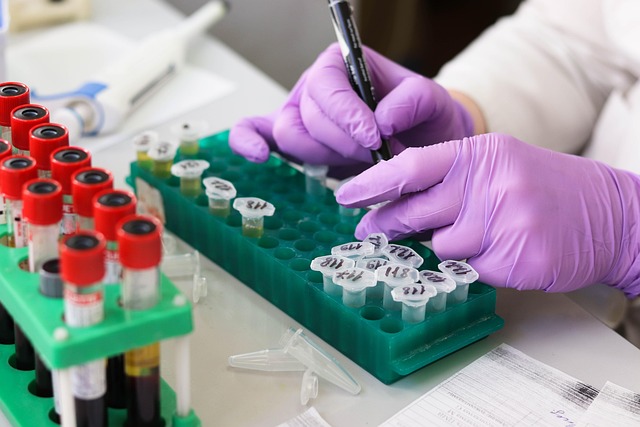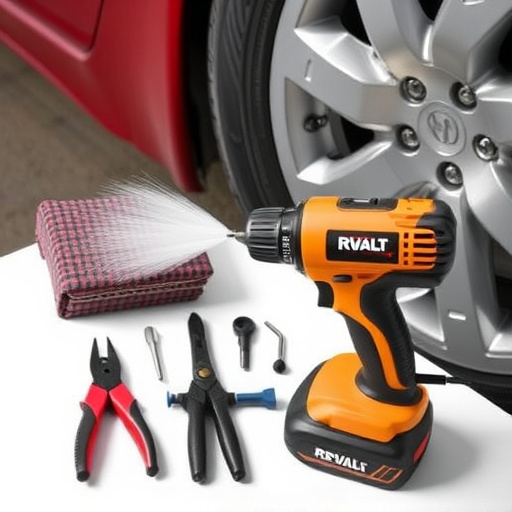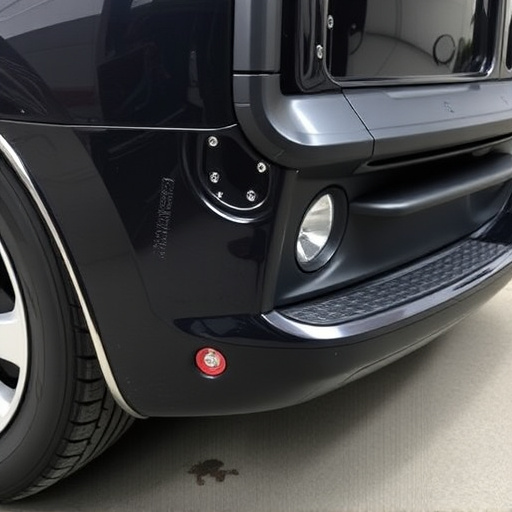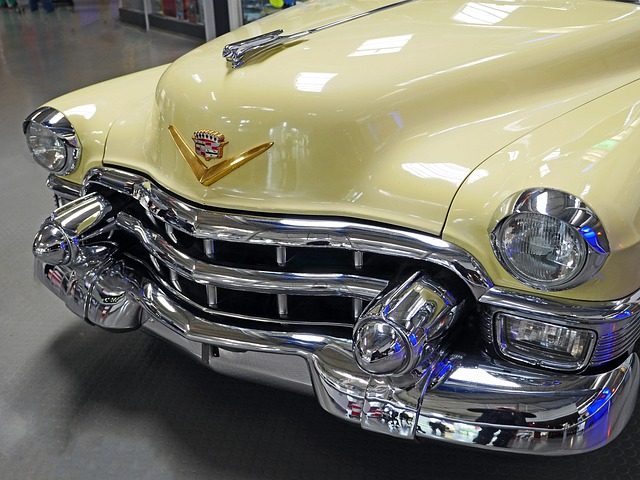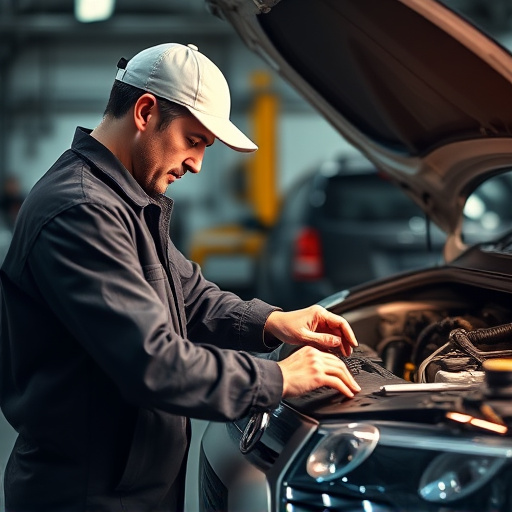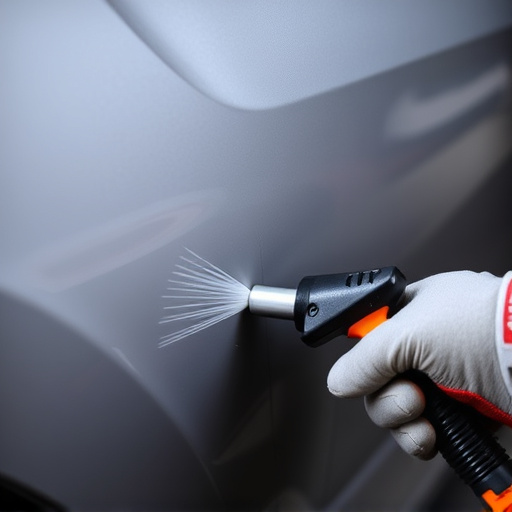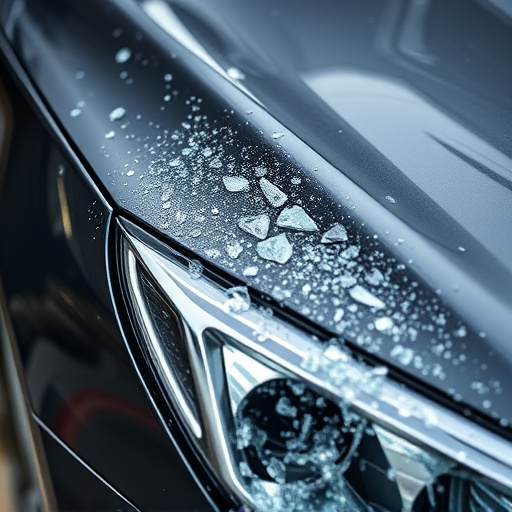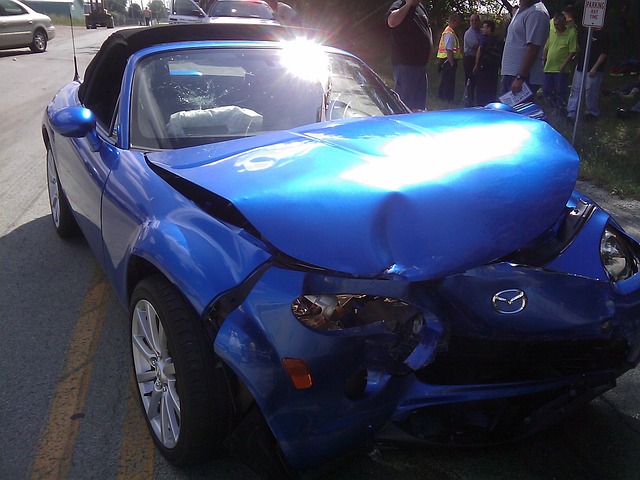Heavy-duty truck collisions pose unique challenges due to high impact forces and hazardous materials. Specialized auto body repair services are crucial for post-collision safety and mobility. Effective immediate response requires technical expertise and swift decision-making by emergency responders. Advanced driver training, regular maintenance, ADAS technology, and robust vehicle designs enhance safety and streamline collision repair processes.
Heavy-duty truck collisions pose unique challenges for emergency responders, with dynamics distinct from lighter vehicles. These incidents often result in severe damages and complex scenarios due to the high speeds and massive weights involved. This article delves into the intricate world of heavy-duty truck collision dynamics, highlighting immediate response obstacles and exploring safety enhancements to improve outcomes. By understanding these issues, we can better equip emergency services for effective interventions.
- Understanding Heavy-Duty Truck Collision Dynamics
- Challenges in Immediate Emergency Response
- Enhancing Safety Measures for Better Outcomes
Understanding Heavy-Duty Truck Collision Dynamics
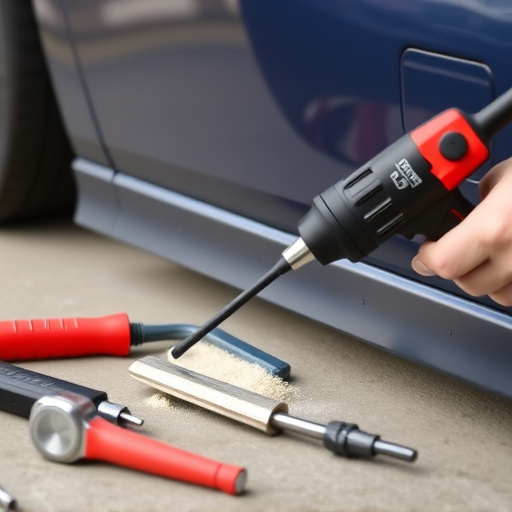
Understanding heavy-duty truck collision dynamics is crucial for effective emergency response. These collisions often involve massive vehicles with complex mechanical systems and can result in severe damage to both the trucks themselves and any other vehicles or structures nearby. The unique physics of such incidents necessitate specialized knowledge and equipment for safe and efficient extrication and medical attention.
Heavy-duty truck accidents are characterized by high impact forces and potentially hazardous materials, especially when carrying freight like gasoline, chemicals, or construction materials. Auto body shops and auto repair services play a vital role in post-collision scenarios, providing essential car damage repair to ensure the safety and mobility of all parties involved. Navigating these challenges requires both technical expertise and quick decision-making to mitigate risks and minimize disruption during emergency response operations.
Challenges in Immediate Emergency Response
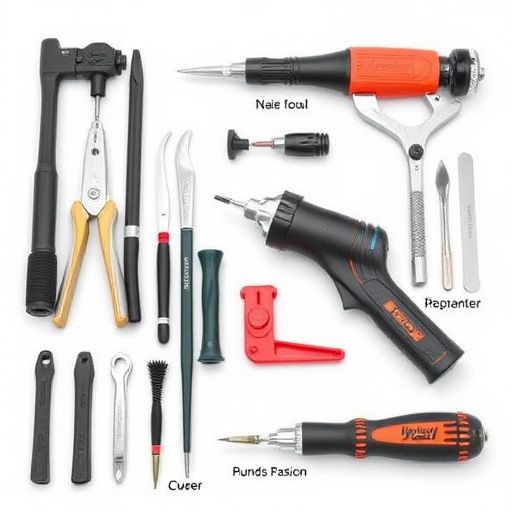
The immediate response to a heavy-duty truck collision is a critical phase that can significantly impact survival rates and overall injury severity. Challenges arise due to the unique nature of these vehicles, which often involve complex systems, powerful engines, and robust vehicle bodywork. The initial emergency responders face daunting tasks such as securing unstable scenes, extricating trapped individuals, and providing immediate medical aid while considering potential secondary hazards like fuel leaks or cargo shifts.
Effective emergency response in heavy-duty truck collisions necessitates specialized training and equipment. Skilled technicians from vehicle repair services play a vital role in assessing structural damage to the truck’s bodywork and ensuring safe removal of victims without causing further harm. Prompt coordination between emergency medical services, fire departments, and towing companies is essential for managing this complex scenario, ultimately leading to better outcomes for those involved.
Enhancing Safety Measures for Better Outcomes
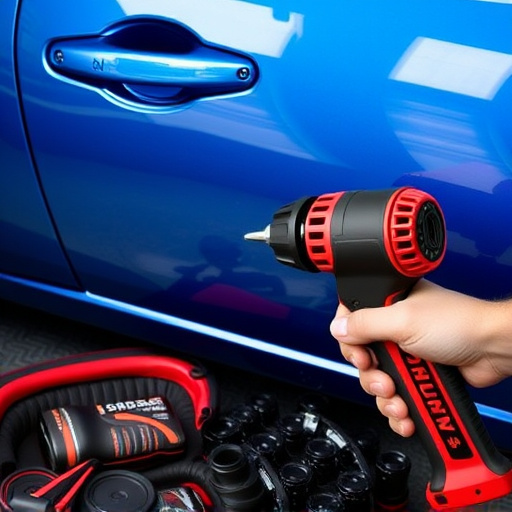
In the aftermath of a heavy-duty truck collision, enhancing safety measures is paramount to improving response outcomes. These measures include advanced driver training programs that focus on emergency maneuvers and collision avoidance techniques. By equipping drivers with the skills to react swiftly and effectively, the potential for severe accidents can be significantly reduced. Additionally, regular maintenance checks on critical components like brakes, tires, and lighting systems can prevent catastrophic failures that often contribute to such incidents.
Integrating modern technology, such as advanced driver-assistance systems (ADAS) and collision warning devices, plays a crucial role in enhancing safety. These technologies enable early detection of potential hazards, allowing drivers to take preventive actions. Furthermore, investing in robust vehicle designs with improved structural integrity and safety features can significantly mitigate the impact of collisions, thereby reducing the complexity of car collision repair processes and ensuring faster recovery on-site.
Heavy-duty truck collisions present unique challenges that demand swift and effective emergency response strategies. By understanding the complex dynamics of these incidents, we can address immediate response barriers. Enhancing safety measures through innovative technologies and robust training programs is crucial to improving outcomes for all involved. Navigating these challenges requires a comprehensive approach to ensure the well-being of drivers and reduce the impact of such collisions in our transportation network.
